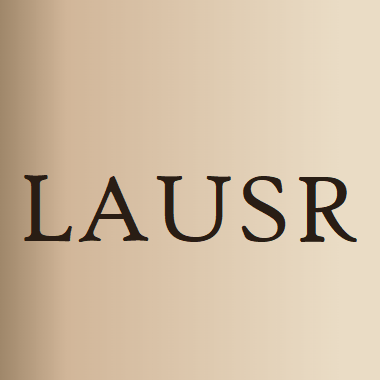
BACKGROUND: Children with sickle cell disease (SCD) commonly have delayed or impaired growth. There are no clear guidelines as how to manage these patients. Current evidence suggests that children who… Click to show full abstract
BACKGROUND: Children with sickle cell disease (SCD) commonly have delayed or impaired growth. There are no clear guidelines as how to manage these patients. Current evidence suggests that children who are treated long term with red blood cell (RBC) transfusions (simple red cell or exchange transfusions) for different SCD related complications, achieve better height and growth, although, it is not clear when to start such treatment for the maximum benefit. Timing of such treatment(s) may be critical as to achieve optimum height and growth. Children with SCD who are started transfusion therapy before the age of 14 years, may achieve better height velocity. However, some children may present late during adolescence and whether to adopt measures like regular blood transfusions to improve their growth, remains challenging. We treated adolescents with SCD and delayed growth with regular RBC transfusions and observed the effect on their growth. The major concern of the parents was short stature, and our aim was achievement of better height. Methods : Adolescent patients with SCD being followed at our department, who were observed to have short stature or were referred to us for this problem and received RBC transfusion therapy to improve their growth, were included in this study. They were started on regular RBC transfusions after thorough counseling (parents and patients). They were informed of the likely benefits and possible side effects including usual transfusion related adverse events and particularly the likelihood of iron overload and possible need for iron chelation therapy in future. A chart review was performed recording weight, height, and body mass index (BMI) measurements, timing and length of transfusion therapy along with laboratory parameters. When iron overload (defined as a serum ferritin ≥ 1000 µgm/l) developed, it was treated with deferasirox at an average dose of 20-30mg/kg body weight. RBC transfusions were continued for 3-6 months after achieving the maximum height (plateau phase). Patients were either already receiving hydroxyurea (HU) or were started at the beginning of transfusion therapy. The average dose of HU was 500 mg daily (20mg/kg body weight) at the start of transfusion therapy in all patients and was increased according to the weight gain. Two patients also received growth hormone for a short period. RESULTS: Six patients received RBC transfusion therapy for short stature (5 males). Median age at start of therapy was 15.5 years (range 13.9 -17.4). Patients were treated for a median duration of 32 months (range 23-53). One (female) patient continues to have ongoing transfusions as she has not achieved the maximum height. Median height at start of therapy was 137.25 cm and 152.25 cm at the end of therapy. Pre-therapy median weight was 28 kg and post therapy 38.2 kg. Median increase in height was 16.25 cm (p < 0.025) and median increase in weight 10.15 kg (p=0.007). BMI measurements showed improvement in 5 patients but the increase was modest, likely due to better height gain as compared to weight gain. Five patients received regular RBC transfusions while one patient received exchange transfusions after one year of simple transfusions because of high base line Hb. Four patients were already receiving HU for one year or more, while 2 patients started HU shortly after commencing transfusion therapy. There were no significant SCD related or transfusion related complications during transfusion therapy but all patients developed iron overload and received chelation therapy. However, 3 patients had s/ferritin around or above 1000 µgm/l at the base line. Mean pre-transfusion s/ferritin was 901 µgm/l and 2304 µgm/l at the end of transfusion therapy. CONCLUSIONS: RBC transfusion therapy improved height of all patients with SCD & short stature, even if started during late adolescence. However, the improvement was variable. There were no significant adverse events except iron overload, which developed in all patients and required chelation therapy. RBC Transfusion therapy should be considered in adolescent children with SCD and short stature, even if they present during late adolescence. RBC exchange therapy may be an alternative option to reduce the complication of iron overload and should be explored in further studies. No relevant conflicts of interest to declare.
Journal Title: Blood
Year Published: 2018
Link to full text (if available)
Share on Social Media: Sign Up to like & get
recommendations!